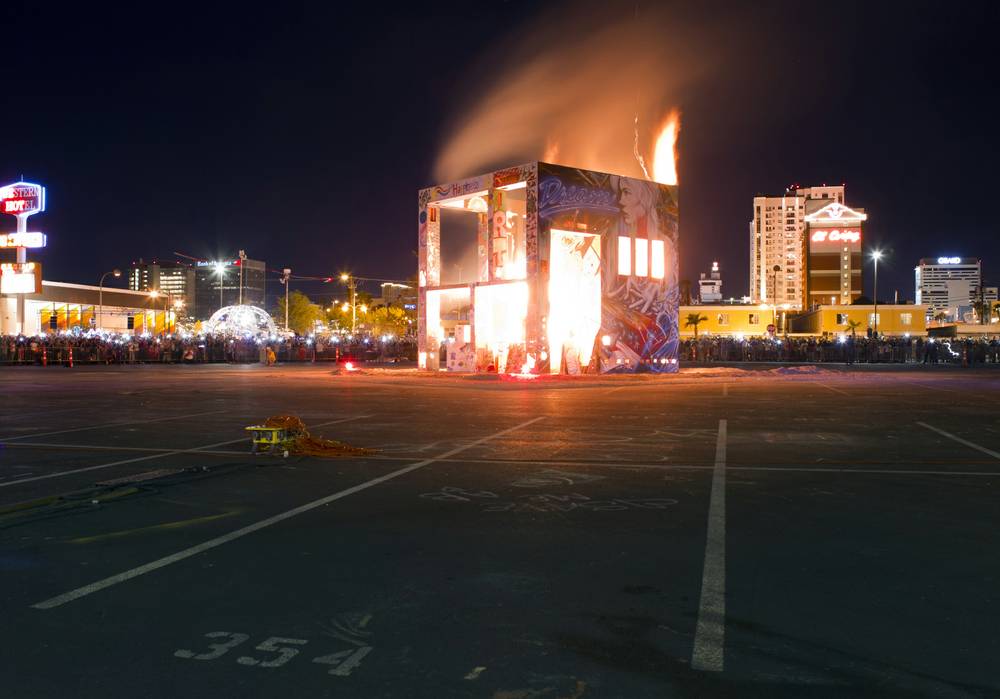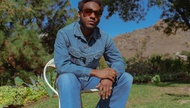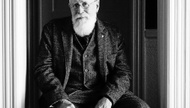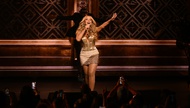“Don’t tell me this town ain’t got no heart,” sang keyboardist Brian Triola from a small stage inside the “Llama Lot” at the corner of 9th and Fremont streets. Indeed, a pulse thumped throughout the less-traveled end of East Fremont on March 21, and it wasn’t necessarily the beat from local quartet Moksha as it played “Shakedown Street,” Grateful Dead’s classic about the resilience and resonance of a blighted part of town.
A massive audience gathered last Friday to watch the torching of a 24-foot-tall wood structure called the Life Cube. Artist Scott Cohen—who has built previous versions at Burning Man in Northern Nevada—designed a public art project that invited the participation of community members to codify their dreams and affirmations on provided “wishstick” postcards (or on the cube itself), to be released into the air through their conflagration.
Cohen and fellow organizers played up the spiritual aspect last Friday with pre-burn rituals (drum circles, Om chants, firedancing) that also precede the climactic event at Burning Man. At 8:10 p.m., flames emerged from within the Life Cube, engulfing the structure until it collapsed to a roaring crowd 10 minutes later.
Some community members dismissed the whole exercise as disingenuous counterculturalism and community building. But my four Cube visits revealed curious onlookers participating in a manner unconventional to Las Vegas, bearing out in small part the idea that public art can inspire engagement and even civic pride. “Ninety-nine percent of [the cube] is from you,” said event emcee Flash Hopkins to the throng. “This is yours. This is homegrown!”








